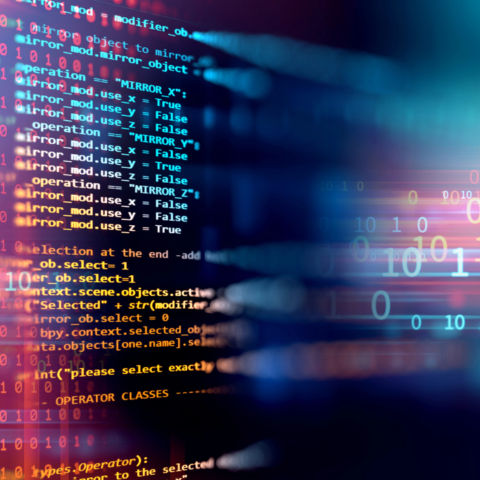 A WHILE BACK, I attended a Cisco briefing that covered, among other things, some scary numbers. Cisco is predicting some dramatic increases in internet traffic over the next few years.
A WHILE BACK, I attended a Cisco briefing that covered, among other things, some scary numbers. Cisco is predicting some dramatic increases in internet traffic over the next few years.
Try these figures on for size:
Globally, the number of networked devices will nearly double from 10 billion in 2011 to 19 billion in 2016. (Source Cisco VNI)
Video content is going to go insane with three trillion minutes (six million years) of video traffic crossing the internet each and every month in 2016. That works out to 1.2 million minutes of video streamed or downloaded every second. (Source Cisco VNI)
The connected lifestyle is going to become all-pervasive. According to a Q4 2011 Nielsen survey of connected device owners in the US, UK and Germany, using a tablet or smartphone while watching TV is more common than not. In the US, 88 percent of tablet owners and 86 percent of smartphone owners said they used their device while watching TV at least once during a 30-day period. For 45 percent of tablet- using Americans, using their device while watching TV was a daily event, with 26 percent indicating that they used TVs and tablets simultaneously a number of times a day. US smartphone owners showed similar patterns of dual usage of TV with their phones, with 41 percent saying their use their phone at least once a day while tuned in. (Nielsen Wire http://blog.nielsen.com/nielsenwire/online_mobile/double-vision-global-trends-in-tablet-and-smartphone-use-while-watching-tv/)
As far as Internet use at home goes, globally, the average internet user will generate a massive 32.3 gigabytes of internet traffic per month in 2016, up 181 percent from 11.5 gigabytes per month in 2011.
Why does this matter to Witchdoctor readers? After all, most of them will already be on the leading edge of this wave, living connected lifestyles and embracing new technologies from tablets, smartphones and apps to digital audio. It matters because the second part of the Cisco briefing was about the company’s new range of Linksys routers, which are fully app-enabled and open to limited third party app development. The Cisco Connect Cloud service is designed to make interfacing the routers with connected devices effortless compared to the old school router setup routines that can only be understood by a rocket scientist or a teenager.
 When the connected devices include Whirlpool fridges and Onkyo home theatre receivers, then the picture starts to look very interesting indeed. If my router can natively interact with my home theatre system, and I can control it via my smartphone, and I don’t need any real skills to make this happen, then the sky becomes the limit. This is especially true as the list of compatible brands and products grows. Imagine buying a Wi-Fi-enabled heatpump that is easily controlled from the couch or the office with your iPad or Android phone. Or how about a lighting system, where each fitting has a Wi-Fi connection? All with their own app-based interfaces that even the kids can drive.
When the connected devices include Whirlpool fridges and Onkyo home theatre receivers, then the picture starts to look very interesting indeed. If my router can natively interact with my home theatre system, and I can control it via my smartphone, and I don’t need any real skills to make this happen, then the sky becomes the limit. This is especially true as the list of compatible brands and products grows. Imagine buying a Wi-Fi-enabled heatpump that is easily controlled from the couch or the office with your iPad or Android phone. Or how about a lighting system, where each fitting has a Wi-Fi connection? All with their own app-based interfaces that even the kids can drive.
Strikes me that this kind of connected product offering could give the average homeowner the equivalent of a smart home without the intervention of an installer. Oh, the high-end and complex installations will still very much be the installer’s territory, but Joe Average can get an Apple TV up and running without much headache, so how hard is it to envision a similar user experience for the connected home?
Sounds far fetched? Not for long, because manufacturers are always looking for a new edge, a way to sell you the same things you already have. They did it with CD and DVD and now with Blu-ray. They did it with HD TVs and 3D TVs and now with Smart TVs. The connected home takeover will take a little while longer, but there are people out there with dollar signs in their eyes picturing smart fridges, ovens, heatpumps, spa pools, alarm systems, and on and on. And where the mighty dollar talks, things happen. ASHLEY KRAMER















Until it can remotely warm up my toilet seat in winter, I’m just not interested.